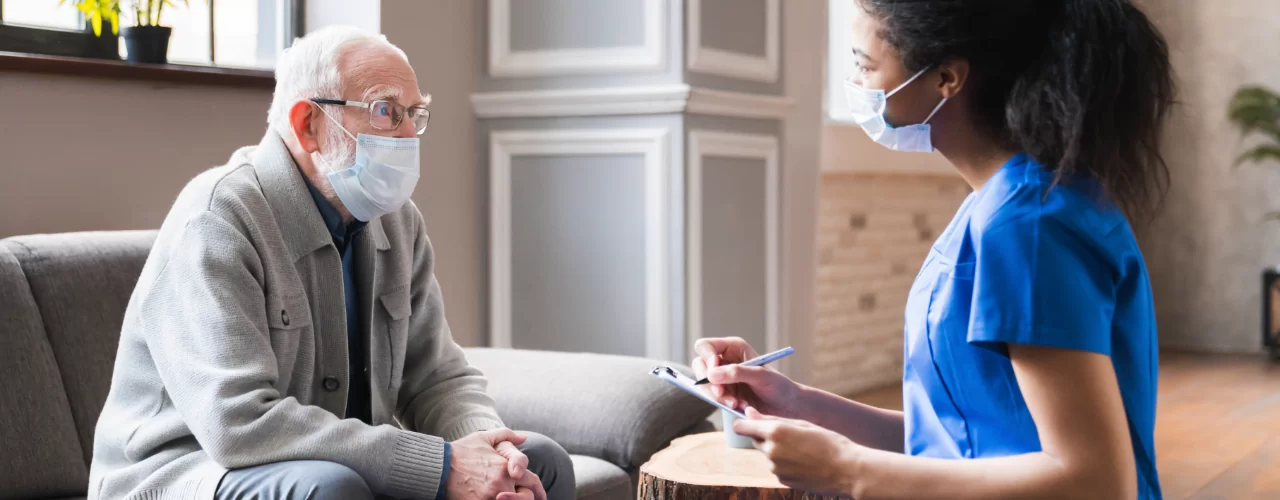Back
Male Infertility Part 2: Infection
By Pelvic Health Physical Therapy on 2/2/2024

Welcome to part 2 of my series on male infertility!
Infertility is considered one of the main public health issues, as it affects about 15% of couples in reproductive age. The male factor is involved in approximately 40-50% of cases. With a prevalence of 6-10%, infections and the resulting inflammatory reactions within the male genital tract are among the main causes for infertility.
The main causes of inflammatory disease for males can be due to sexually transmitted infections (STIs), such as Chlamydia (C.) trachomatis, or other bacteria such as Escheria (E.) coli. The conditions, such as epididymitis and chronic prostatitis, resulting from acute infections can be quickly diagnosed and treated, and complications can be managed accordingly. However, most infertility patients with signs of urogenital tract infections/inflammations are asymptomatic, suggesting a high rate of chronic disease. In these cases, the diagnosis is primarily based on laboratory testing for the detection of the infection, as well as finding increased white blood cell counts in semen, prostate secretion, and urine samples. Treatment options for symptomatic and asymptomatic infections include antibiotics and/or antimicrobial therapy in the presence of STIs.
Urogenital infections can affect male fertility on various levels:
Direct and/or indirect damage to sperm quality and function by pathogens and/or inflammatory substances
Dysfunction of the accessory glands
Inflammation-related obstruction of the male reproductive tract
Damage to spermatogenesis (development of sperm) directly by pathogens and/or your body’s immune responses
Production of sperm antibodies (cells that destroy sperm)
Changes in genetic makeup of the sperm (still being debated)
Although pelvic floor physical therapy does not treat the infection itself, pelvic floor physical therapy can help with consequences of infection (after your doctor clears you of your infection) such as:
Pelvic pain
Scrotal and testicular pain
Erectile dysfunction
Pain with sex
Urinary incontinence
Fecal incontinence
How can pelvic floor physical therapy help?
Decrease muscle tension and pain: Pain is typically involved in varicocele, due to the increased pressure in the spermatic vein. Pain can lead to increased muscle tension and trigger points, which adds subsequent pelvic floor dysfunction. At Pelvic Health Center, we utilize a variety of modalities including dry needling, gua sha stone, IASTIM, electrical stim (E-stim), and ultrasound (US)
Improve muscle coordination via biofeedback training: With pain, the body will compensate to protect itself. Biofeedback training and improved muscle coordination will make sure the right parts are doing the right jobs
Improve flexibility and joint mobility: muscles and/or joints affected can either push or pull on your pelvic floor thereby increasing pressure
Improve your posture: the way you carry yourself and put pressure through your pelvic floor matters! Correct posture can alleviate pain and tension felt in the testicles and pelvic floor
If you’re experiencing pelvic floor dysfunctions associated with the issues above, please reach out to us at Pelvic Health Center in Madison, NJ to set up an evaluation and treatment! Feel free to call us at 908-443-9880 or email us at contact@pelvichealthnj.com.
Read More:
Exercise to reduce pelvic floor dysfunction associated with childbirth?? By Amalie Malka Flamm on 7/25/2024 What exercises can help reduce pelvic floor dysfunction associated with childbirth? Why does my taint hurt (male)? By Shannon Strauch, PTA, STMT-1 on 7/24/2024 Where is your perineum, what is it's function, and why do you have pain?
Are you ready to live pain free?
Request An Appointment